What is a surfactant?
Surfactants are compounds that help reduce the surface tension or surface pressures between two liquids or between a solid and a liquid. In addition, they can be used as detergents, emulsifiers, wetting agents, dispersants, foaming agents, etc.
Chemical and physical properties
It is a colorless liquid.
Specific gravity: 1.00 ± 0.01 (g/ml)
Mild alkaline.
Preparation and operation
Surfactant D800 is used in cleaning products.
Can be mixed with water or added directly during use.
Suitable for alkaline detergents.
Optimum content in the system: 2 – 10%
Safety in use, storage, environment, and transportation of chemicals
Surfactant D800 is a colorless, viscous, alkaline solution.
Corrosive to skin, when in contact for long periods of time.
When using, must strictly comply with labor safety, environmental hygiene of the facility. Such as rubber gloves, glasses, masks, boots, ventilation fans.
Applications in life
– In textile and dyeing industry: Fabric softener, dyeing aid
– In food industry: Emulsifier for confectionery, dairy and canned foods
– In the cosmetic industry: Detergents, emulsifiers, foaming agents
– In the printing industry: Ink penetrating and dispersing aids
– In agriculture: Substances for processing pesticides, insecticides, fertilizers, plant protection drugs
– In construction: Used to emulsify asphalt, increase the solidification of concrete
– In oil and gas: Drilling fluid emulsifier
– In the mineral industry: Used as flotation agent, emulsifier, foaming agent for mineral enrichment
– In construction: used in the cement production process, production of adhesive chemicals such as silicon. In addition, it is also used in asphalt emulsification construction, increasing the solidification of concrete.
Handling of accidents.
– Contact with skin, hands, clothes: change clothes immediately, rinse under running water for 15 minutes.
– Eye contact: remove contact lenses, rinse gently with clean water for 15 minutes, rest, seek medical advice
– Contact through respiratory tract: need to go to fresh air, if having difficulty breathing, give oxygen and see a doctor.
– Oral contact: drink plenty of water, do not put anything in the throat when the patient faints, see a doctor.
Environmental issues
– Do not pour chemicals or residue left in bags into ditches or drainage ditches.
– Before releasing to the environmental treatment system, it can be neutralized with 20% H2SO4 acid to pH 7 – 9.
– Do not directly discharge used chemicals into the environment.
– When spilled on the factory floor, wipe clean with a damp cloth.
Transport
– Transport by specialized chemical vehicle.
Storage and inventory
– Store in a cool warehouse, clearly label the can, according to TCVN.
– Always keep the can lid closed.
– Can packaging standard: 30 kgs/can

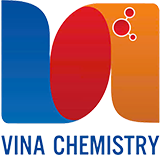
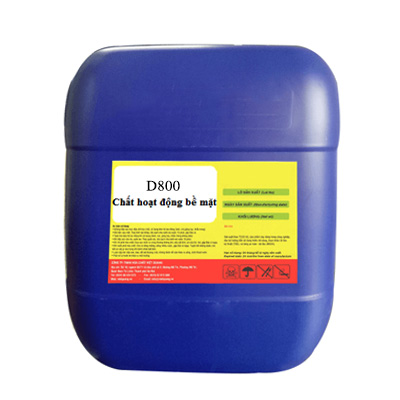
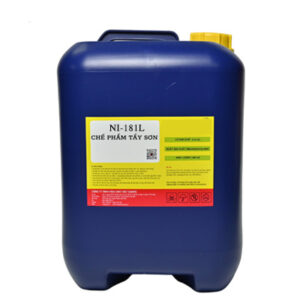
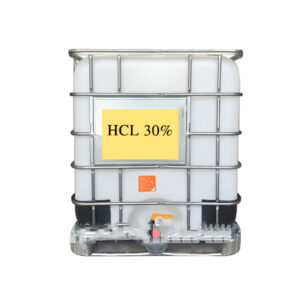
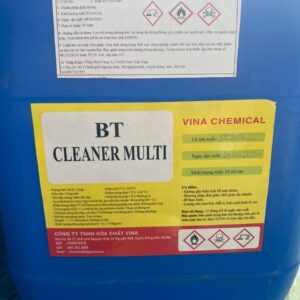
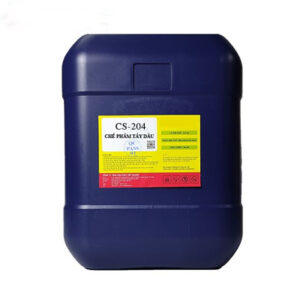
Reviews
There are no reviews yet.